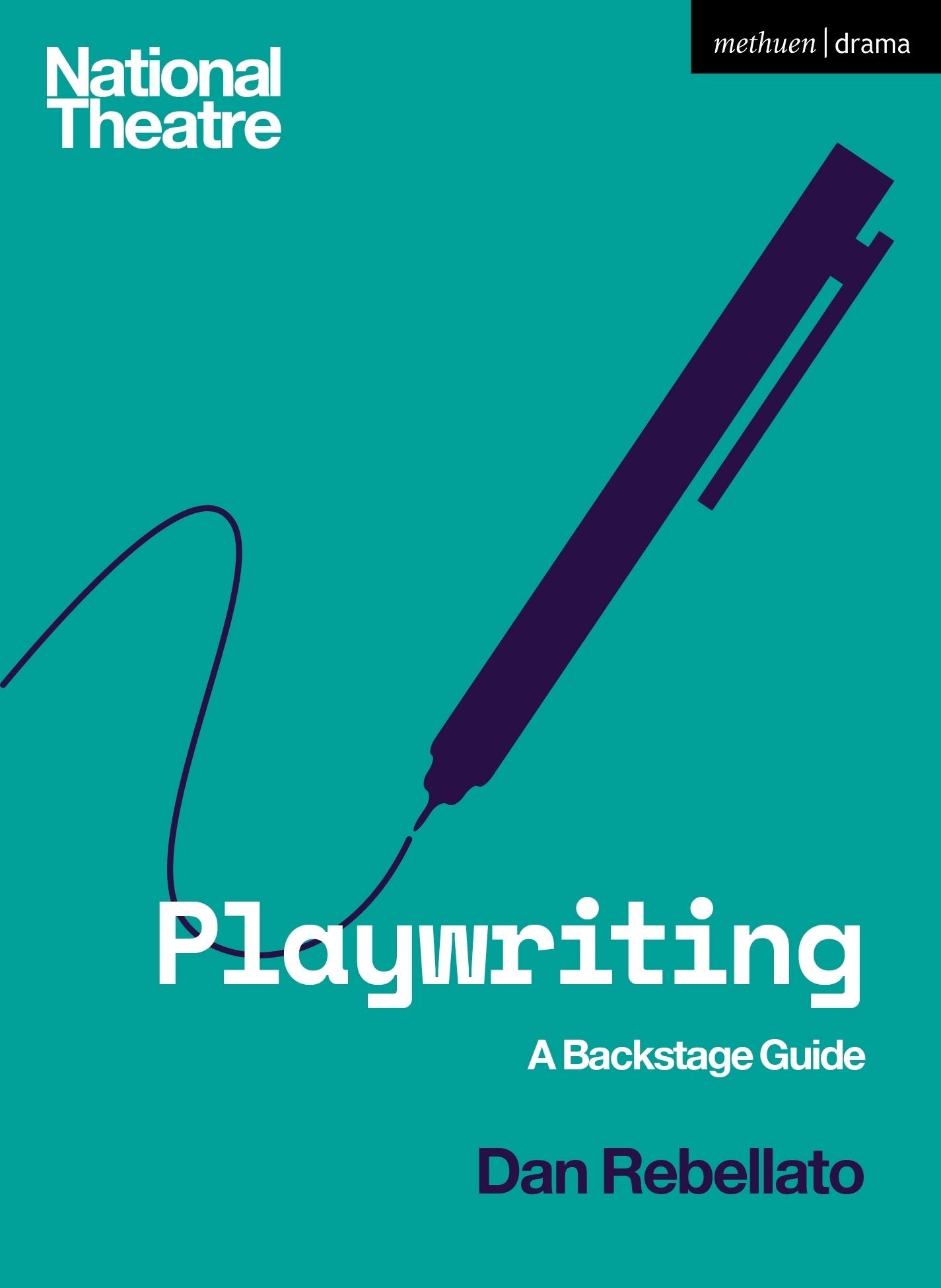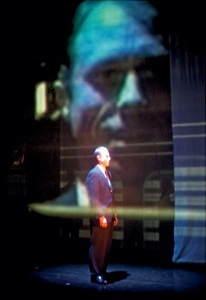Playwriting: A Backstage Guide
I’ve written a how-to guide on playwriting. It’s for a new series, co-published by Methuen Drama and the National Theatre, called Backstage Guides. The idea is for a handy pocket-size book to all the theatre crafts. Mine comes out alongside Wigs, Hair and Make-Up and there are volumes on Acting and Auditioning on the way, with directing and design to follow later.
This book is a distillation of almost 30 years of teaching playwriting but also of going to plays, reading plays, thinking about plays, and writing plays. It is aimed at the would-be and emerging playwright, but I think it has things that experienced playwrights will find interesting and, I hope, clarifying. There are chapters on some of the obvious topics: structure, monologue, dialogue, character, scene structure and more. There are some more unusual topics: what does a playwright do?, How to have ideas, form, plot vs story. And, while the book is always intended to be practical, there are some super practical sections on how to actually get the play written and how to get it staged.
This book was an interesting challenge to write. When I teach undergraduates, I try not to be prescriptive - I don’t like the idea that there’s the right sort of play to write or the right sort of way to write it. However, undergraduates are - understandably - nervous of assessment and need support to get over the finishing line so at times I am prepared to strongly intervene in a process to suggest firmly just do this and do it like this. With this book, I thought hard about my own process and the processes of other writers I know, trying to separate what works from what works for me. It’s been an interesting process to distinguish the things I’ve discovered about writing (interesting) and the things I’ve learned about myself (not so interesting).
And then here’s the other thing. Playwriting is, I guess, the second most widely written about theatre craft. Only ‘acting’ has more books written about it. There are dozens of books about how to write a play. For that reason, I needed to think, what am I adding? How will this book be distinctive? However, this is a book going out with the National Theatre’s name on the front. It’s not purely my own thoughts on how plays should be written but carries the imprimatur of our main national company. It must speak beyond my tastes and preferences. So writing the book has been about balancing the specific and the general.
Where I think the book balances those two things is where it is subtractive: that is, moments where I argue - I hope, persuasively - that playwrights should stop worrying about certain things. For instance, my argument in the chapter on three-act structure is that much too much has been put into the three-act structure model. In fact, I suggest, the three acts of a play are fundamentally this:
Here’s what you need to know
Here’s what happens
Here’s how it ends
People are forever piling on more things to this, using fancy terms like inciting incident and long dark night of the soul. But this is (a) unnecessary, (b) formulaic, (c) inaccurate. It’s inaccurate because a great many plays don’t fit this model; and even the ones that do only do so trivially - the things that are great about Ibsen’s A Doll’s House are not captured by this model in the slightest.
Also, though I didn’t have space to say this in the book, there’s an important bit of evidence to suggest that the whole language of three ‘acts’ is wrong. In most plays that seem to fit the model the first and last acts are very short and the second act is very long. For clarity, the idea of the three-act play bears no relation to the actual acts that a playwright might have specified: so in Macbeth (a five-act play on the page), the first act lasts only a few minutes until the witches declare their prophecy to Macbeth. The last act, meanwhile probably last a little longer but still probably no more than 20 minutes, taking us from the death of Lady Macbeth to the death of Macbeth. The rest of the play is a good couple of hours. So we have these timings:
10 minutes
120 minutes
20 minutes
This doesn’t look like three acts. It looks like one act with a prologue and an epilogue. And that is exactly what the so-called three-act structure is. The prologue gives you what you need to know to get the most out of the play; the epilogue shows how we’re going to round this all off satisfactorily.
Similarly, I try to encourage writers not to worry about character so much (though ironically in the longest chapter). I try to give some reassuring advice on ignoring writer’s block, being playful with form, and more.
The book is a dinky volume and I hope will fit in the pocket as a source of practical advice to get you through all the stages of writing your play.
A Q&A I did for the National Theatre on me and the book:



![photo[1].jpg](https://images.squarespace-cdn.com/content/v1/513c543ce4b0abff73bc0a82/1362919072201-PZO854G4SEB794DVOEI8/photo%5B1%5D.jpg)
